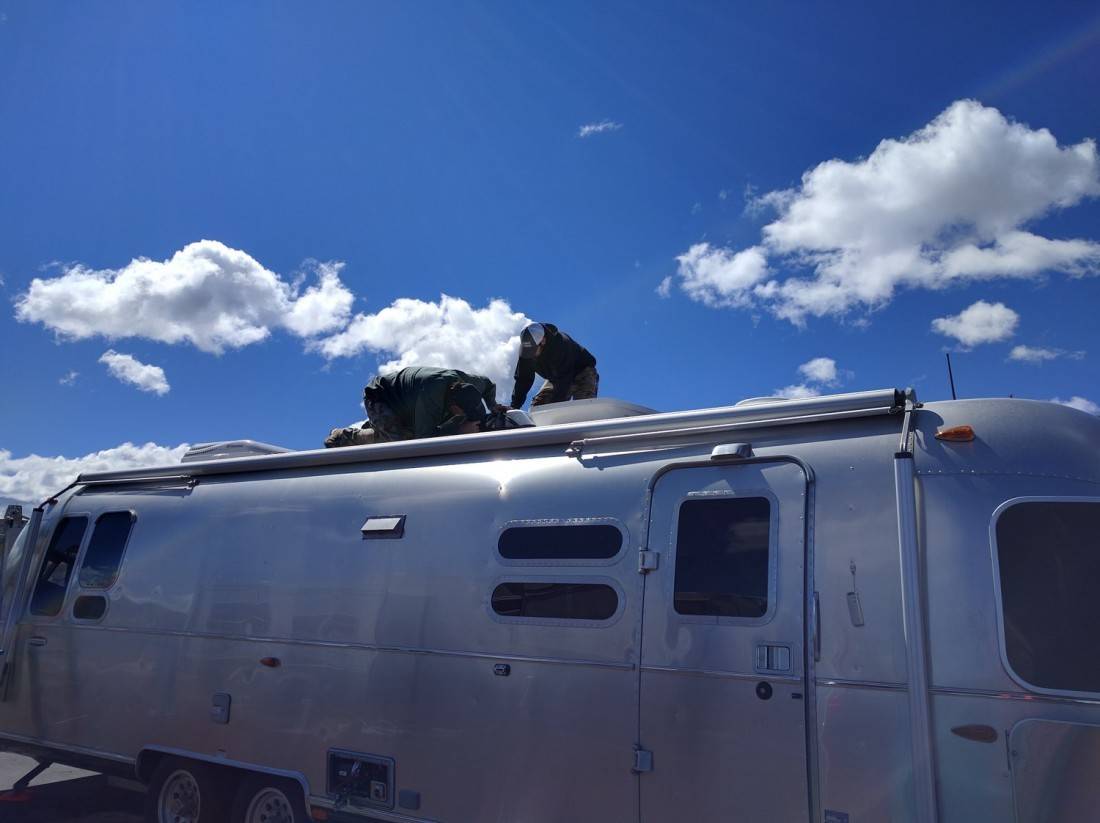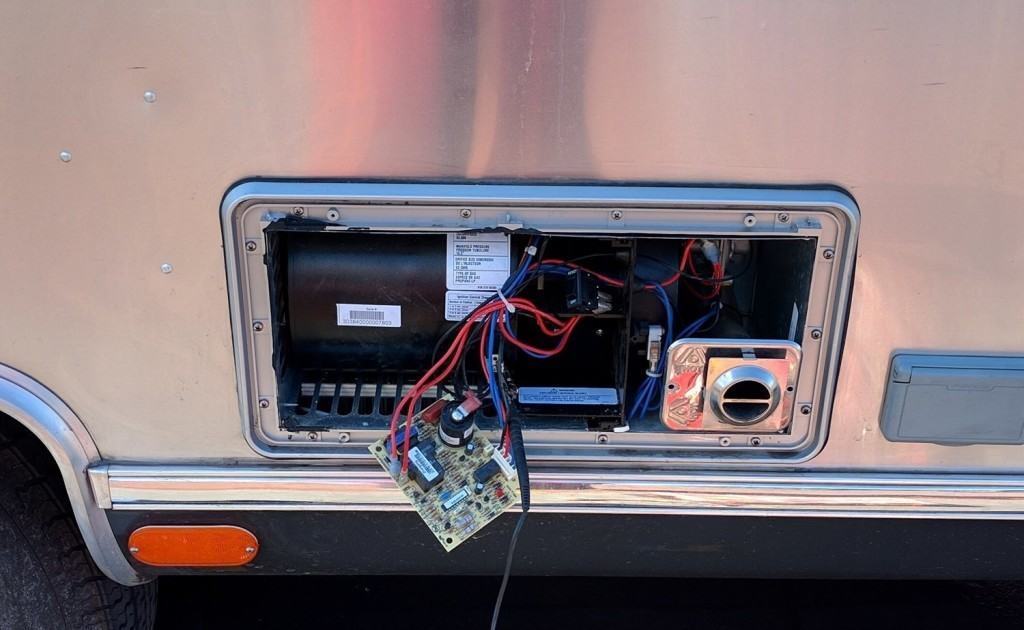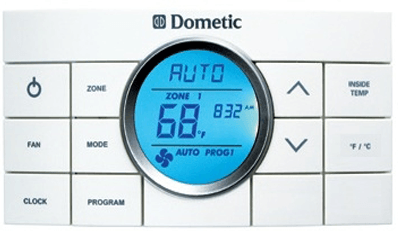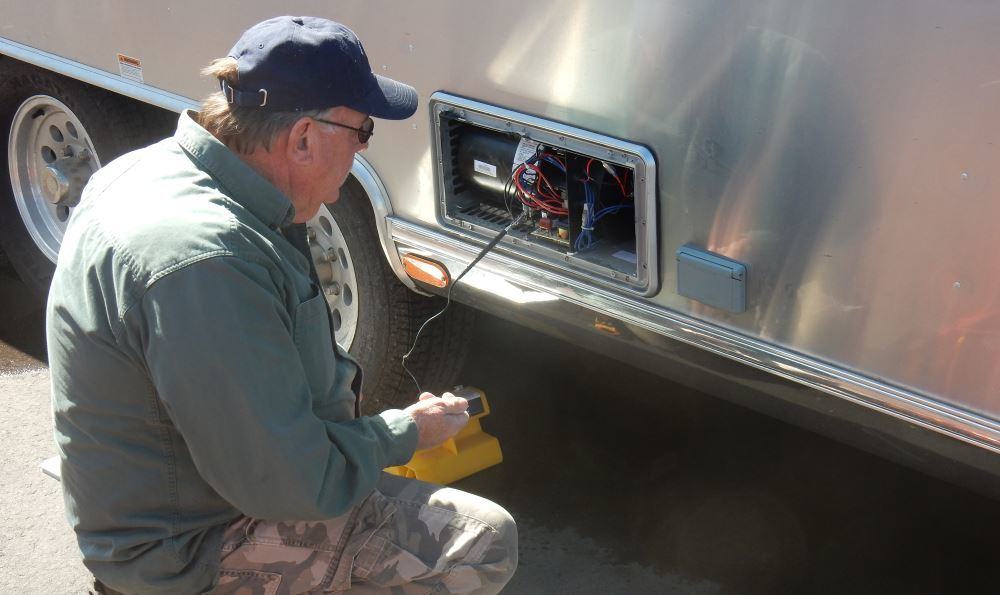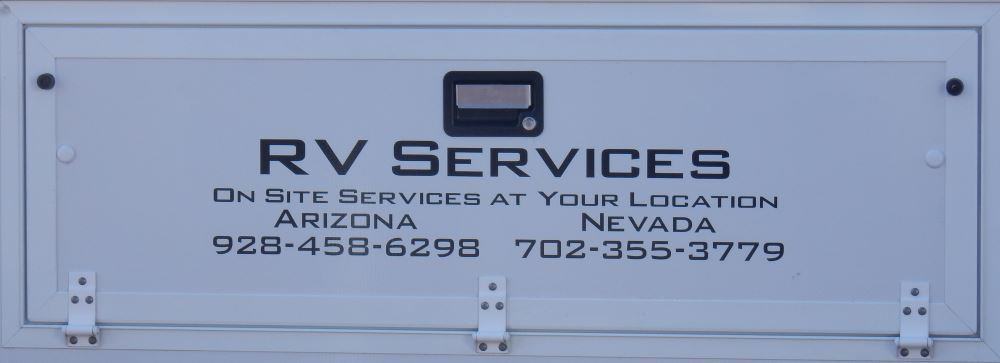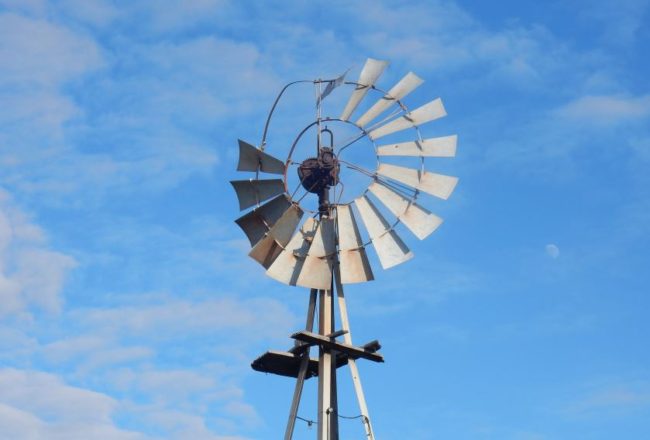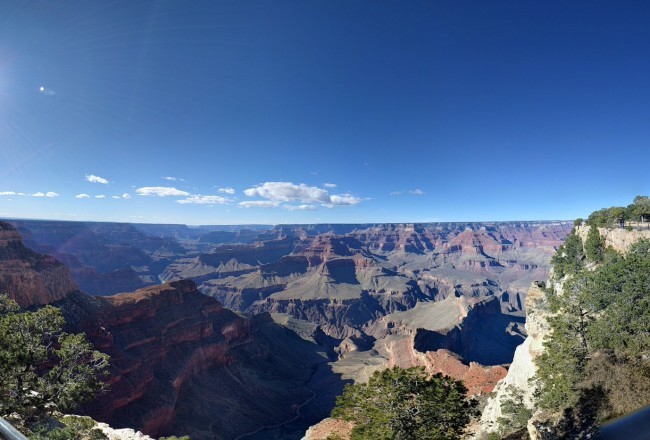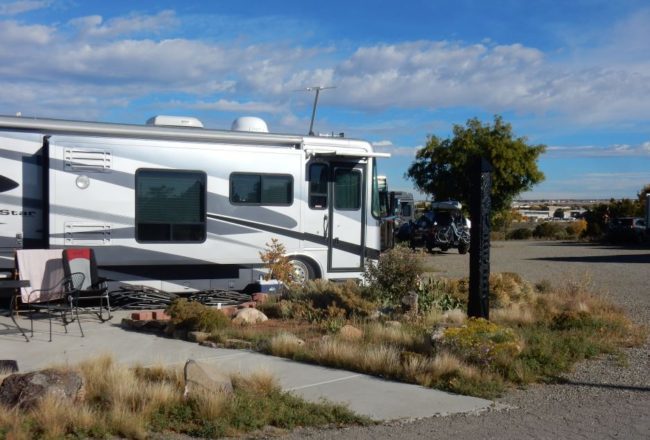We were staying in Williams, Arizona, just 1 hour outside of the Grand Canyon South Rim and this is the moment when our Airstream furnace decided to stop working.
I am extremely stoked to see this iconic American National Park. The positive thought even pushes out some of the disappointing events of March. Paying $30K to the IRS in 2015 taxes emotionally hit me hard and into a 3-day stupor. We saved the money as capital for our business and as a buffer for our new nomadic lifestyle. Without that cushion, we have to think fast on our feet as our savings rapidly declines. In short, we need income and soon. Compound that with a set of utterly frustrating events, and a series of oversights which caused a great inconvenience to our dear friends, I feel thin like butter scraped over too much toast. Without going into details due to my deep embarrassment, never have I thought that one seeming innocuous event after another would cause a cascade of vexation for all parties.
I am stressed, worried, and disappointed in myself. I am trying to turn that anxiety into useful action and structure, and into hard learned lessons that life seems all too willing to pour into me. I know that it is a mechanism for the human brain to focus and fixate on negative events more so than positive ones because negative events are potential risks to danger. Negative information also requires greater information processing resources and activity than does positive information. This effect of the human brain is called Negativity Bias and is often studied because of its impacts in learning, memory, attention, decision-making, and risk management. I’m often told, “Take it one day at a time,” or “It could be worse.” These do console me, but only briefly. I only find peace when rectifying deeds are done and improvement plans are in place; then control professedly blankets my fraying emotions. I realize this paragraph has introduced a whole world of knowledge and merits its own blog post, so I’ll move on.
On our arrival at Grand Canyon Railway RV Park, we settled in as normal. With the drive blessedly uneventful and the day chilly yet bright, we reached our destination with eager for sights and stories. Later that evening, when snow started sticking to the ground, the Airstream furnace stopped working unexpectedly. At 23°F outside, this caused a panic in me and fear filled my head: pipes might freeze and/or burst, or worse render our Airstream useless to live in at night due to freezing weather temperatures. Looks like we got a story about our first day at the Grand Canyon National Park, just not the one I wanted.
We have an Atwood Hydro Flame AMDF30 and noticed the following symptoms when it started to fail:
- The furnace would turn on, but turn off before reaching the temperature indicated in the thermostat.
- The furnace, when turned on, would run for anywhere from 20 to 40 minutes and then turn off.
- Sometimes it would take one to two hours for the furnace to turn on, despite programmed settings in the thermostat.
I quickly searched the internet for “Airstream furnace problems” and “Airstream furnace not turning on” and “Airstream furnace not working”. I came up with the following procedures that an owner could do by herself:
1: Look up the appliance make and model, and record any product IDs and model IDs. Usually, in the same literature, there should be a support number to call. Since it was late in the evening calling any number outside of business hours would be fruitless.
2: Check if the gas is depleted or low in pressure I turned on the stove and the water heater. Since they both use propane to run, you can tell if you are out of gas or not. Both were working, but I also decided to switch to the full tank to make sure that the propane pressure was enough. I also wanted to make sure that there was no air in the gas line, so I ran the other gas appliances for a few minutes. In my case, the fuel seemed fine.
3: I then turned my attention to the thermostat itself. We have a Dometic Comfort Control Center 2 (CCC2) Thermostat and the manual has instructions for a System Reset. I’m hoping a reset of the system will empty out any error signals sent to the furnace. For future reference, here are those instructions
Dometic Comfort Control Center 2 Thermostat System Reset Procedure
1. Make sure the thermostat is in OFF mode.
2. Press the MODE and ZONE buttons at the same time. The LCD display will show “IniT” and all available Zones.
3. Release the MODE and ZONE buttons.
4. Press the ON/Off button to exit setup
This will wipe out all program settings and I can try and turn on the environmental controls manually instead of through the timer-programmer settings. I did a check by turning on fans, air conditioning, and heat pumps. The only thing not working was the furnace. At an off chance that the furnace still interpreting the thermostat signals incorrectly, I turned the temperature all the way to 90°F, there was some success in that the furnace turned on and forced out heat, but then it would cut out at around 60°F instead of the desired temperature.
Without going outside nor the proper tools, there wasn’t much else I could do. In the morning, I called the Atwood Tech Service Department. I discovered that there are a multitude of reasons as to why the furnace would stop:
- There is a blockage in the exhaust pipe. If CO2, CO and heat can’t exit the system, the furnace will shut itself off for safety reasons.
- Blockage in the air-intake. Combustion requires oxygen and without it, the furnace won’t light.
- Blockage in the ducts. If the forced air has nowhere to go, the furnace will shut itself off to prevent damage.
- The propane gas pressure is too low. Gas leading to the appliances needs to be at an 11-inch water column or at about 0.4 pressure per square inch. At low pressure, gas won’t reach the furnace at the proper rate to provide fuel. At too high of a pressure, the right fuel air mix will be off such that the burner won’t hold a flame. Furnaces need that flame to heat the air.
- Fault in the furnace circuit board. The furnace has a regulator board which tells the furnace how to operated based on the signals sent from the thermostat. This is sometimes called the “igniter board.”
- Inadequate voltage. The furnace requires a 12-volt power source to spark the flame.
- There may be a leak in the furnace system. Over time gaskets lose their seal and need to be replaced.
- Loose, dirty or corroded wire connections. Again if a signal can’t get through or electricity isn’t supplied then the furnace won’t operate
This kind of troubleshooting is beyond my means. Without electrical testers or pressure gauges, let alone extensive knowledge on how the climate system is put together, the only recourse is to call in for RV repair service.
I was given two business cards of on-site RV repair specialists by the ladies at the RV Parks main office; only one was highly recommended. Serviceman Rex answered and said he could come to our site in a few hours. He and his partner came at the expected hour and ran their tests on the furnace system, the thermostat, and the AC/Heat pump since they are connected into the Airstream’s environmental controls. Here’s what he did:
- He checked the state of the furnace. Since it was new, no corrosion or cleaning needed to be done, and the exhaust and intakes seemed fine.
- He replaced the thermostat with temporary new one. After installing and turning it on and into furnace mode, nothing happened. So I guess that indicated a problem somewhere else. I was told that sometimes the programming in the thermostat is not compatible with the furnace, and if you use a timed programming function to turn the furnace on the signal will just error out. Best to just manually set the temperature and let the furnace turn on and off as needed to maintain that temperature.
- He inspected the furnace control board. Electrical tools seemed to indicate no fault on the board.
- He and his partner went up to the roof to inspect the Heat Pump Units. We have two Dometic Penguin Heat Pump Units; one is a high capacity unit (651816C) and the other is a 13,500 BTU (651815C) unit specifically used in a multi-zone system. Within the heat pump appliance, there is a Power Controller Board, which takes signals from the thermostat and relays them to the furnace.
It was on their 4th inspection round that Rex discovered that the system was set up incorrectly on the Heat Pump’s power controller board and may have shorted out the board. In short, we needed a new part: Service Kit Power Control Board for a CCC2 Thermostat Multi-Zone Installation. I was told it’s somewhat common that settings are improperly done at the factory, and when it’s not caught on the dealership inspection, the problem will haunt the new owner within a year.
And so we are now waiting for our new part to come in. I desperately hope we are reimbursed by the warranty either by the company who made the appliance or by our extended warranty. We should be covered, but because we are not at a dealership reimbursement can get complicated.
